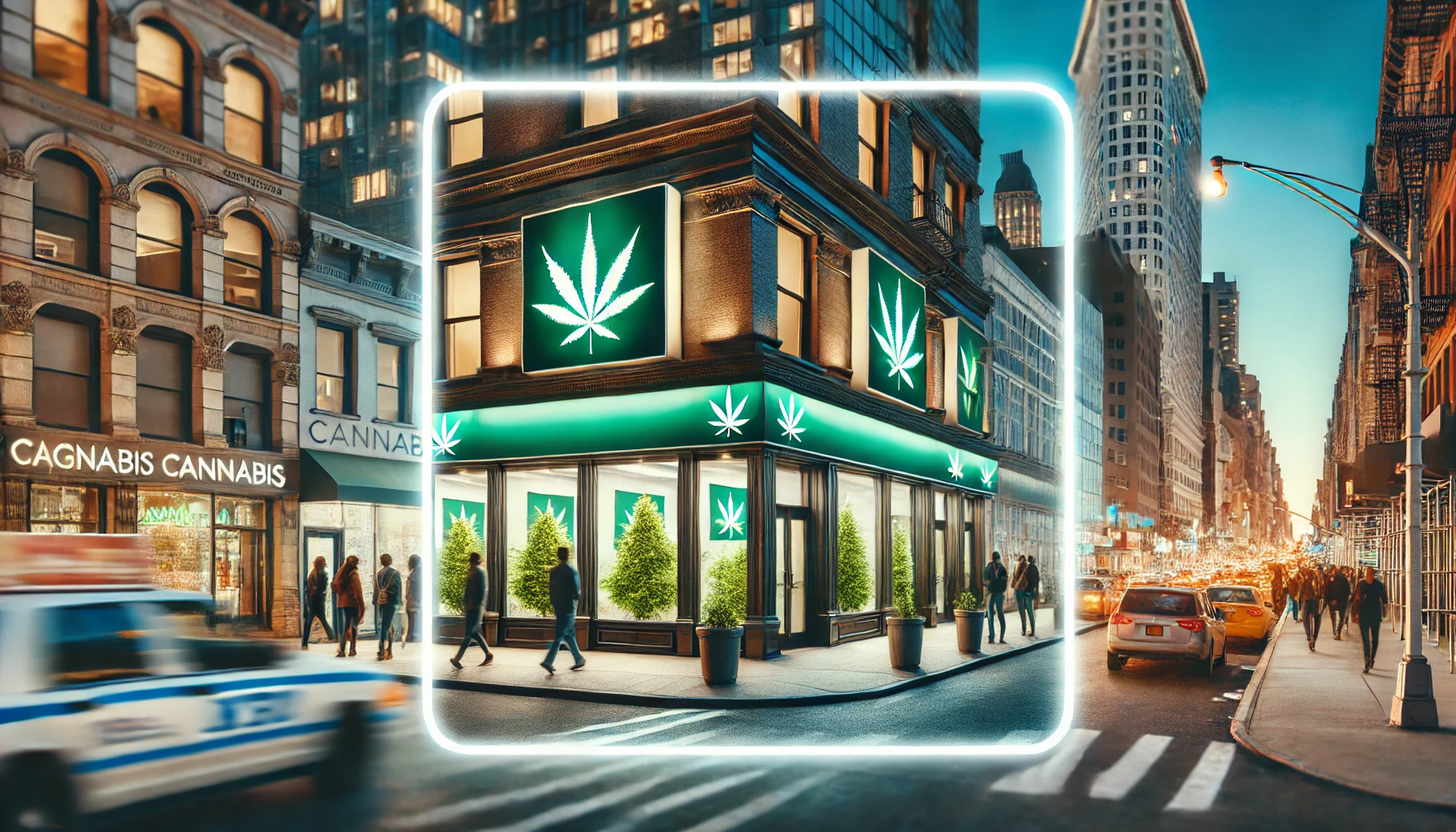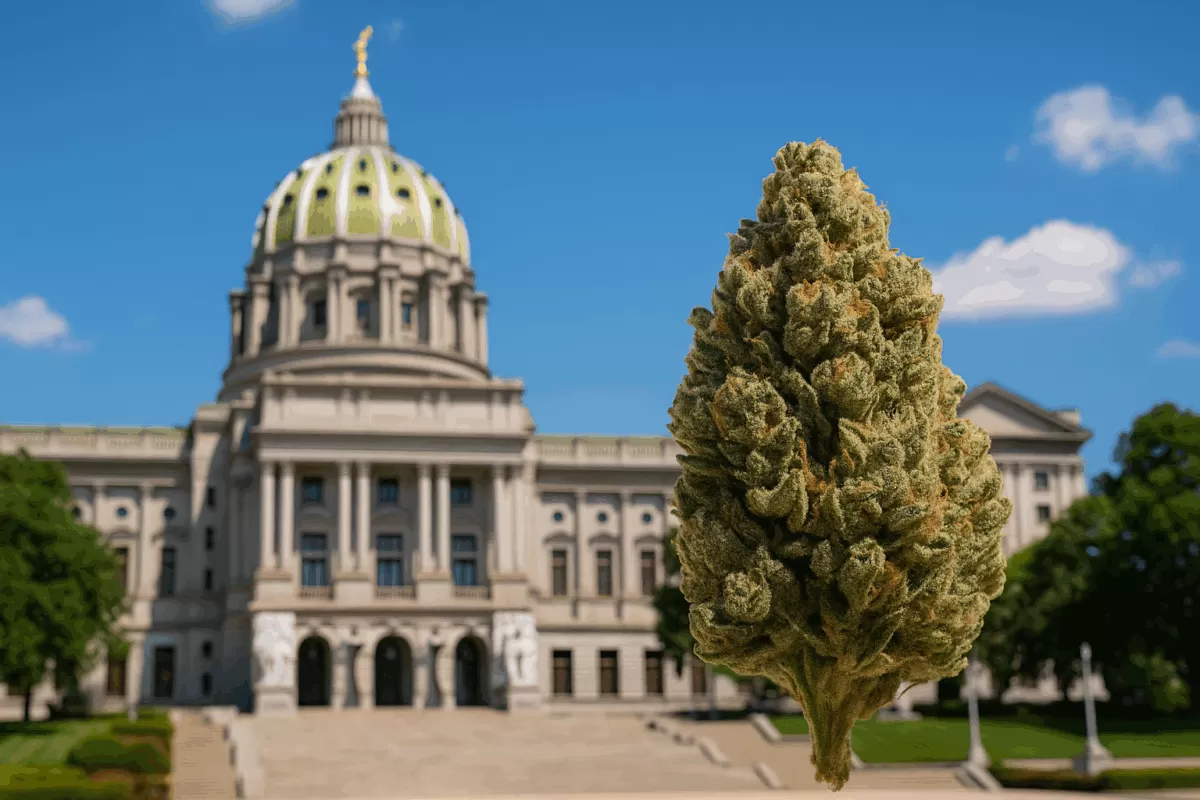New York’s legal cannabis market has reached a significant milestone, surpassing $529 million in sales by mid-August 2024. This achievement comes just eight months after the opening of the first licensed dispensary in Manhattan. The rapid growth of legal sales is a testament to the effectiveness of recent state initiatives aimed at curbing the illicit cannabis market. As the state continues to tighten its grip on illegal operations, legal dispensaries are experiencing unprecedented success, positioning New York as a major player in the national cannabis industry.
Operation Padlock: A Game-Changer for Legal Sales
The surge in legal cannabis sales can be directly attributed to “Operation Padlock,” a statewide law enforcement initiative launched in mid-May 2024. This operation targets unlicensed cannabis shops, which have long undermined the legal market. Since its inception, Operation Padlock has shut down numerous illegal dispensaries, driving consumers toward licensed retailers.
According to John Kagia, Director of Policy at New York’s Office of Cannabis Management (OCM), the operation has played a pivotal role in the industry’s growth. Nearly 40% of the year’s legal cannabis sales were generated after the crackdown began, underscoring the direct impact of enforcement actions on the legal market. Kagia also noted that over two dozen licensed cannabis retailers have seen a 100% increase in sales since Operation Padlock started, with many new customers reporting that they turned to legal dispensaries after their usual, unlicensed sources were shuttered by authorities.
Governor Hochul’s Vision for New York’s Cannabis Industry
Governor Kathy Hochul has been a strong proponent of New York’s legal cannabis program, viewing it as a critical component of the state’s economic future. She has projected that the state could generate $1.25 billion in tax revenue from the cannabis industry over the next six years. This revenue is crucial for funding various state initiatives, including public health programs, education, and community reinvestment.
The state’s taxation strategy is designed to maximize revenue while maintaining the competitiveness of the legal market. New York imposes a tax on THC content, the psychoactive component in cannabis, along with a 9% excise tax on all cannabis sales. These taxes are intended to ensure that the state benefits from the industry’s growth while keeping prices competitive enough to deter consumers from turning to the black market.
The Future of New York’s Cannabis Market
As New York’s legal cannabis market continues to grow, the state is poised to become a leading example of how effective regulation and enforcement can foster a thriving industry. The success of Operation Padlock demonstrates the importance of cracking down on illegal operations to ensure the sustainability of the legal market. With strong leadership from Governor Hochul and the OCM, New York is on track to meet its ambitious revenue goals while providing consumers with safe, regulated access to cannabis products.
The continued expansion of the legal market will also bring numerous benefits to the state, including job creation, economic development, and increased funding for critical public services. As more consumers transition from the illicit market to legal dispensaries, the state’s cannabis industry is expected to experience even greater growth in the coming years.
Conclusion
New York’s legal cannabis market has already made impressive strides in its first year of operation, surpassing $529 million in sales. This success is largely due to the state’s aggressive efforts to crack down on the illicit market through initiatives like Operation Padlock. With strong support from Governor Hochul and the OCM, New York’s cannabis industry is well-positioned to achieve even greater success in the future, contributing significantly to the state’s economy and public welfare.












